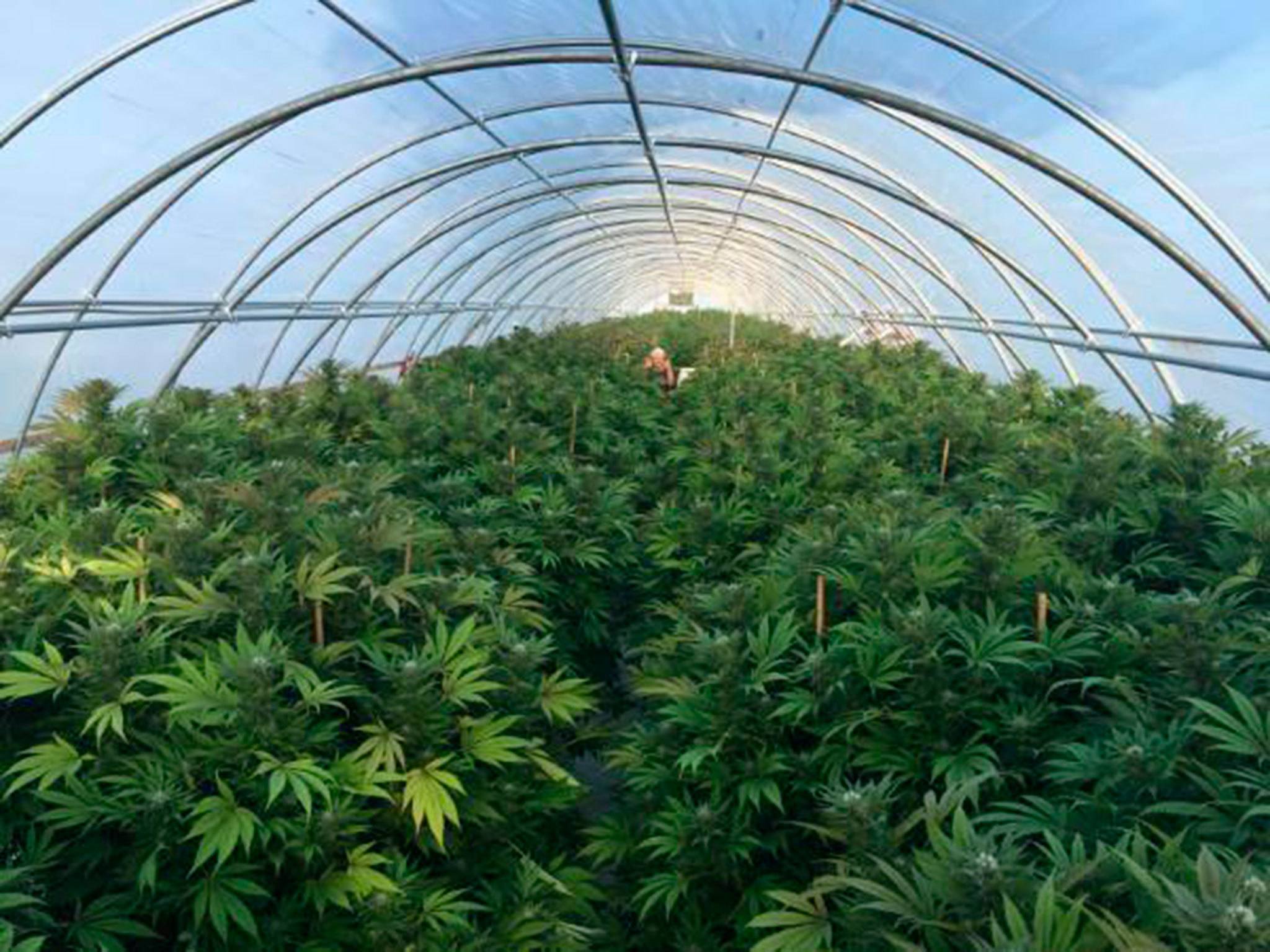The Washington State Liquor and Cannabis Board (WSLCB) reported the total excise tax collected for the 2017 fiscal year to date is $148,504,445.
On a month to month basis, the WSLCB shows that marijuana excise tax collected from retail sales is slowly increasing.
At the beginning of the 2016 fiscal year, the excise tax collected was $11,631,248 and ended with $19,929,124 collected at the end of the 2016 fiscal year. A fiscal year spans from July 1 of the previous year to June 30 of the post year, for example, July 1, 2015, to June 30, 2016.
In December 2016, $22,802,286 of excise tax was collected for the 2017 fiscal year to date.
While reports indicate growth in the marijuana market for the state, it seems there also has been some growth for local retailers, producers and processors with challenges in the medical marijuana market.
Since owners Heather and Anthony Owen opened their two recreational marijuana stores, Hidden Bush in Port Angeles in 2014 and Karma Cannabis LLC in Sequim in February 2016, Heather believes stores are doing better since she and her husband are able to keep the same profit upon opening a second store in 2016.
She also said that it is now more expensive for customers to purchase medical marijuana products as of July 1, 2016, when the Cannabis Patient Protection Act (CPPA) eliminated collective gardens and most medical marijuana dispensaries.
Under the CPPA, up to four qualifying patients or designated providers can make up a cooperative garden.
The Department of Health also created a voluntary database of qualified patients that allows medical retailers to confirm the validity of the recognition card of qualified patients or designated providers and add them to the database with the amount of marijuana products the patient is authorized.
If a qualified patient over the age of 18 is registered in the database, he or she can grow up to six plants and can purchase up to three ounces of marijuana at licensed retail stores with a medical endorsement. Those patients that are not registered can grow up to four plants and can possess six ounces from those plants or if over the age of 21, he or she can purchase up to one ounce from licensed retail stores.
Heather said when the laws changed for the medical marijuana market it made a big impact for those customers.
For example, edibles — a type of marijuana-infused product — are now more expensive in the medical market because they are regulated at 10 mg per dosage, something that was not regulated before, and are costing farms that are producing the products more money with more testing required from the Department of Health.
Local cannabis grower, manufacturer and distributor Canna Organix has not yet jumped into growing medical marijuana plants, said Wendy Bentley, co-owner and business manager.
Canna Organix was founded in 2013 and works with recreational marijuana retailers from Port Angeles to Portland, Ore.
Bentley said the company has a high demand for the high-quality flowers the company produces and that sales have definitely grown for the company since 2015.
Tim Humiston, co-owner of Canna Organix, said the main reason why the company has not jumped into the medical space is because of the additional costs associated with producing medical marijuana products.
“We already meet all the medical regulations, if we signed up for medical, we wouldn’t be doing anything different,” Humiston said.
“It would cost us more and the final product would have an elevated price,” he said.
Humiston explained that quality assurance testing required by the Department of Health for medical marijuana is different from recreational and that it is a huge risk on the production side.
He said recreational marijuana is tested for microbial excess at every 5 pounds, but medical requires producers to test at every 2.5 pounds. If recreational marijuana fails an excess microbial test, Humiston said they can filter out the microbes found in the product and still use it, but if it is a medical product, any microbial excess would fail the test and the end result would be destroying and wasting the product.
As of July 1, 2015, the current 25 percent excise tax imposed on producers was repealed and instead a new 37 percent excise tax was imposed on consumers. Retailers are required to collect and remit this tax on each sale of usable marijuana, marijuana concentrates and marijuana-infused products.
Humiston believes that the difference in the tax rate is actually not that much, with the first excise tax rate being reductive and the new tax rate being additive, but said it took away the three-tier tax, boosting the final tax on the retailer to simplify the price break in production level. As a result, retailers demanded a price drop from producers and processors.
“I’m encouraging the medical patients in the medical community to push back against the excise tax,” Humiston said.
“If they hadn’t enforced the excise tax on medical, we would see a lot cheaper product,” he said, adding that Canna Organix wants the opportunity to help those that need medical marijuana for certain medical conditions.



